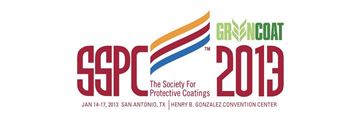Search
Modern Corrosion Testing: From Traditional Salt Spray Test to the Latest Innovative Methods with Advanced Environmental Controls
Also Purchased
Paint Inspection From the Coating Manufacturer’s Perspective
Product Number:
41215-894-SG
Publication Date:
2015
$20.00
Measuring Sodium Chloride, Salt and Soluble Contaminants
Product Number:
41216-964-SG
Publication Date:
2016
$20.00
New Developments in Surface Profile Measurement for Blast Cleaned Surfaces
Product Number:
41213-746-SG
Publication Date:
2013
$20.00




